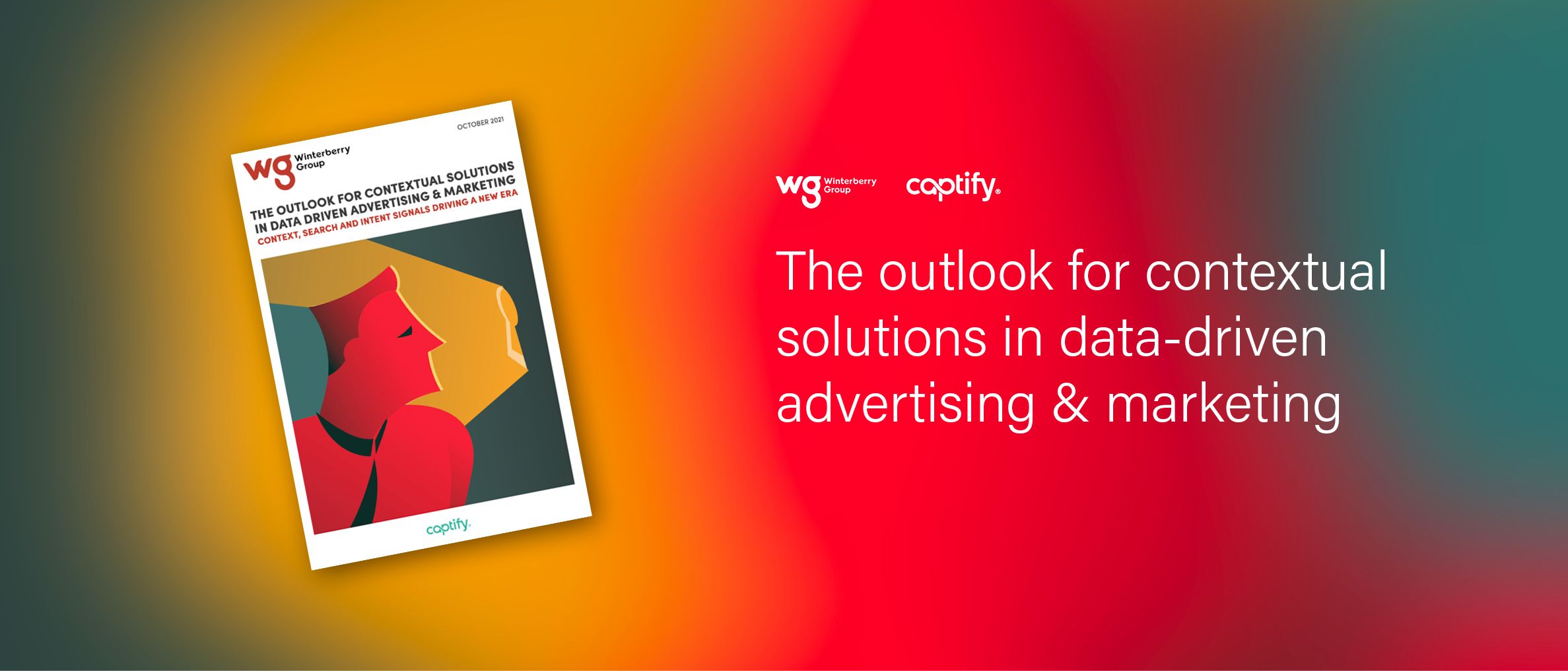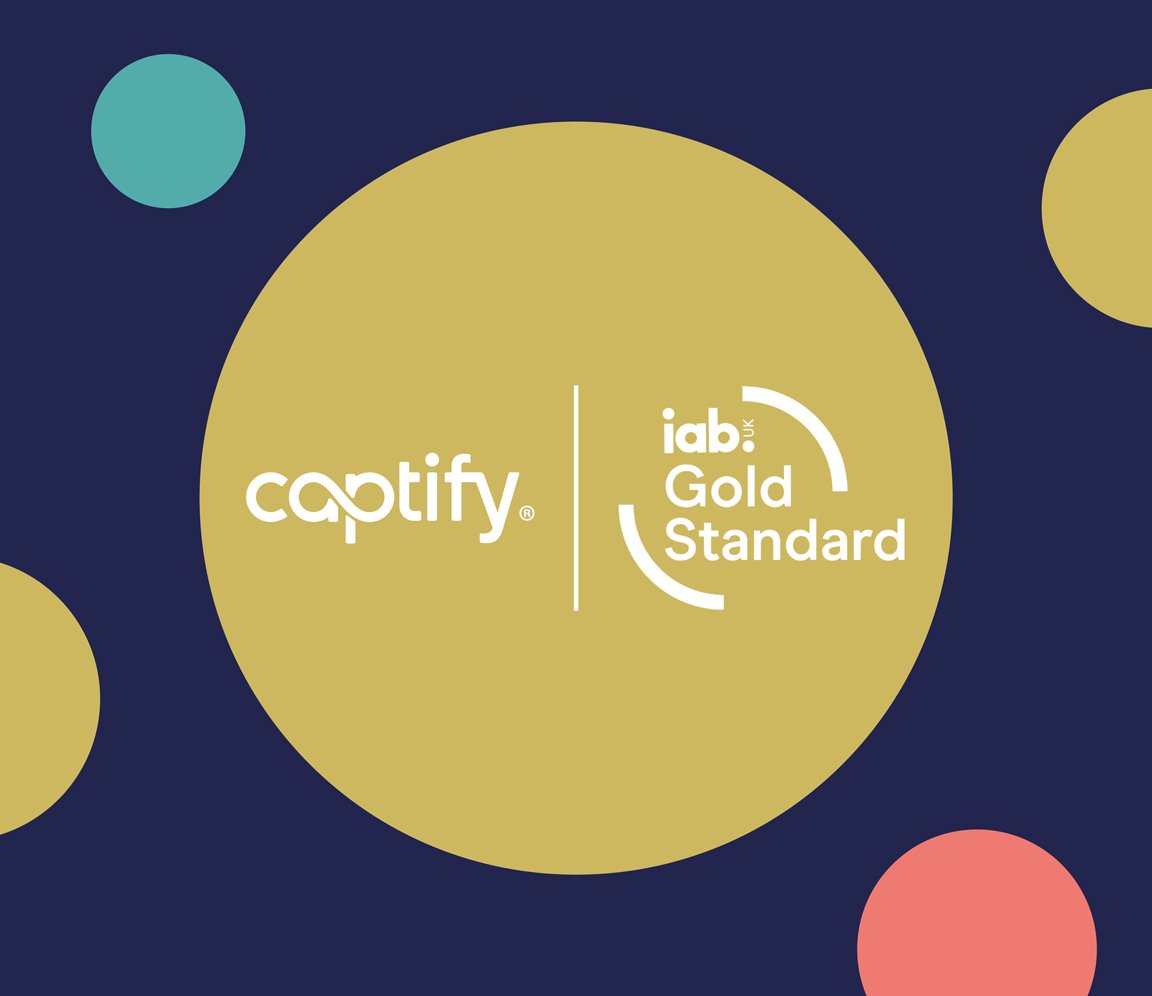Contextual Targeting Slated for a Revival in Today’s Evolving Advertising and Media Landscape; New Winterberry Group Research Has the Context
Research released today, “The Outlook for Contextual Solutions in Data-Driven Advertising & Marketing,” finds there is a resurgence ahead for contextual targeting.
Conducted by Winterberry Group, the research shows more than half of marketers (52 percent) intend to increase their spending on the approach over the next 24 months, while 86 percent of media owners expect it to grow. The revival of contextual targeting arises as both marketers and media owners reassess their media targeting toolkits in an era of cookie deprecation, evolving privacy expectations, and proliferating media channels.
“Contextual targeting presents a benefit to both the advertisers and the media consumers based on the subject and understanding of the content in the media being consumed, rather than based on the likely understanding of the person viewing it,” said Charles Ping, managing director of Winterberry Group. “Though not new, techniques have been enhanced over time and it is poised to return to the center of both advertising targeting and media monetization in a brave, new world without the use of personal data.”
The research is based on interviews with nearly 50 industry experts from the U.S. and U.K., as well as a survey of nearly 120 senior brand marketers, agencies, and media owners. It delivers a primer to the past, present, and future of contextual targeting, and identifies key trends ahead, including:
- A Combination of Approaches: Utilizing “plain” contextual, search intelligence, and intent data to deliver an understanding of the likely interest and behaviors of the consumer.
- Packaging the Offering: Ability of media owners to offer comprehensive contextual planning, targeting, and evaluation solutions, including brand safety, audience insights via page consumption, to compete with the major walled gardens.
- The Resurgence of Sell-Side Power: In addition to the above, the nature of content and context puts media owners in control, as opposed to the case with third-party cookies and the large technology providers.
- Balancing the Targeting/Activation Waterfall: The marketing and media industries will see a balancing of approaches between data-driven and contextual targeting.
Winterberry Group’s research concludes in a new landscape ahead without third-party cookies, that contextual targeting delivers both a complementary and standalone alternative, with the unique benefit of universal application, across both text-based and visual media. However, to take advantage of the power of contextual solutions, the advertising and media market needs to adapt its approach to planning, targeting, activation, measurement, and optimization.
“Despite various forces of change reshaping the fundamental dynamics of digital advertising, one thing will always remain constant – advertisers’ core needs; the ability to identify addressable audiences and efficiently reach them to drive business outcomes. We’ve seen time and again that change breeds innovation and this report uncovers the advancements in data and technology that are driving the current transformation in the contextual landscape,” said Fiona Davis, Chief Operating Officer, Captify. “The findings reinforce Captify’s product strategy that by combining consumer intent from search data – a scarcity in a cookieless world – with contextual signals, advertisers can adopt consumer privacy-centric strategies while still utilizing media to power those business outcomes. In fact, by taking an approach through this new lens, they are not only optimizing the end-consumer experience for greater relevance but achieving better results than ever before.”
“Amid the various industry shifts occurring in digital advertising today, contextual targeting is experiencing its own renaissance. What was once a brand-safety solution applied to campaigns at the point of activation is now being used to inform planning and strategy recommendations earlier in the campaign cycle,” said Chris Stark, vice president, product management, Oracle Advertising, and Customer Experience. “By tapping into the power of contextual solutions earlier, marketers can better reach audiences with relevant content in safe environments, and ultimately deliver more effective ad campaigns.”
“With third-party cookies phasing out, we are entering a new era of advertising with consumer privacy and security at the center,” said David Kashak, co-founder and CEO of video technology company, Connatix. “While the industry is exploring many options, contextual targeting is the clear dark horse. Contextual data gives publishers a ton of highly valuable insights while offering a scalable targeting solution for advertisers and added privacy for consumers. Today, this more traditional advertising method is being brought back to life with automation and AI-powered solutions, making contextual a win-win for all parties involved.”
“The Outlook for Contextual Solutions in Data-Driven Advertising & Marketing,” is available for download at: https://www.winterberrygroup.com/insights-library. Premier sponsors of the research are Captify and Oracle, alongside supporting sponsor Connatix.
About Winterberry Group
Winterberry Group is a specialized management consultancy with deep experience in advertising, marketing, data, technology and commerce. Winterberry Group’s proven methodologies address the needs of firms in its core industries, enabling brands, publishers, marketing service providers, and technology developers to understand emerging opportunities, create actionable strategies and grow their value and global impact.



